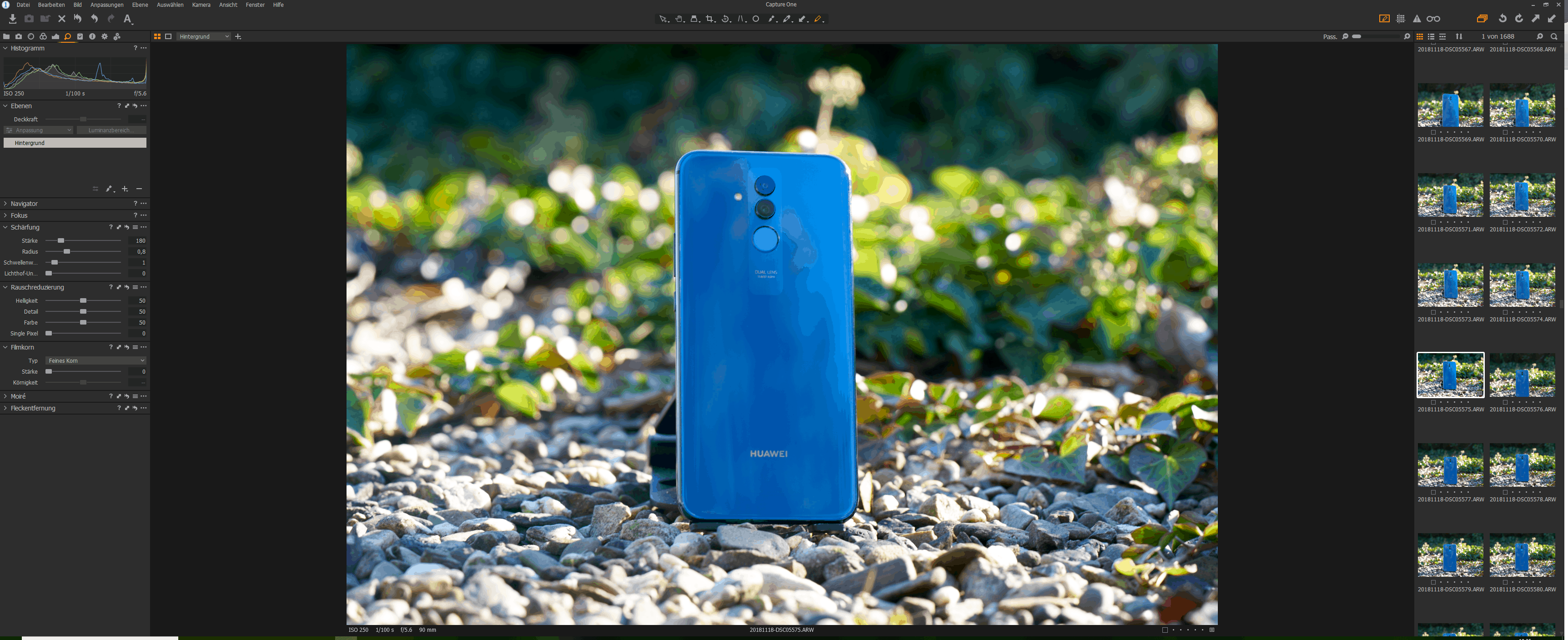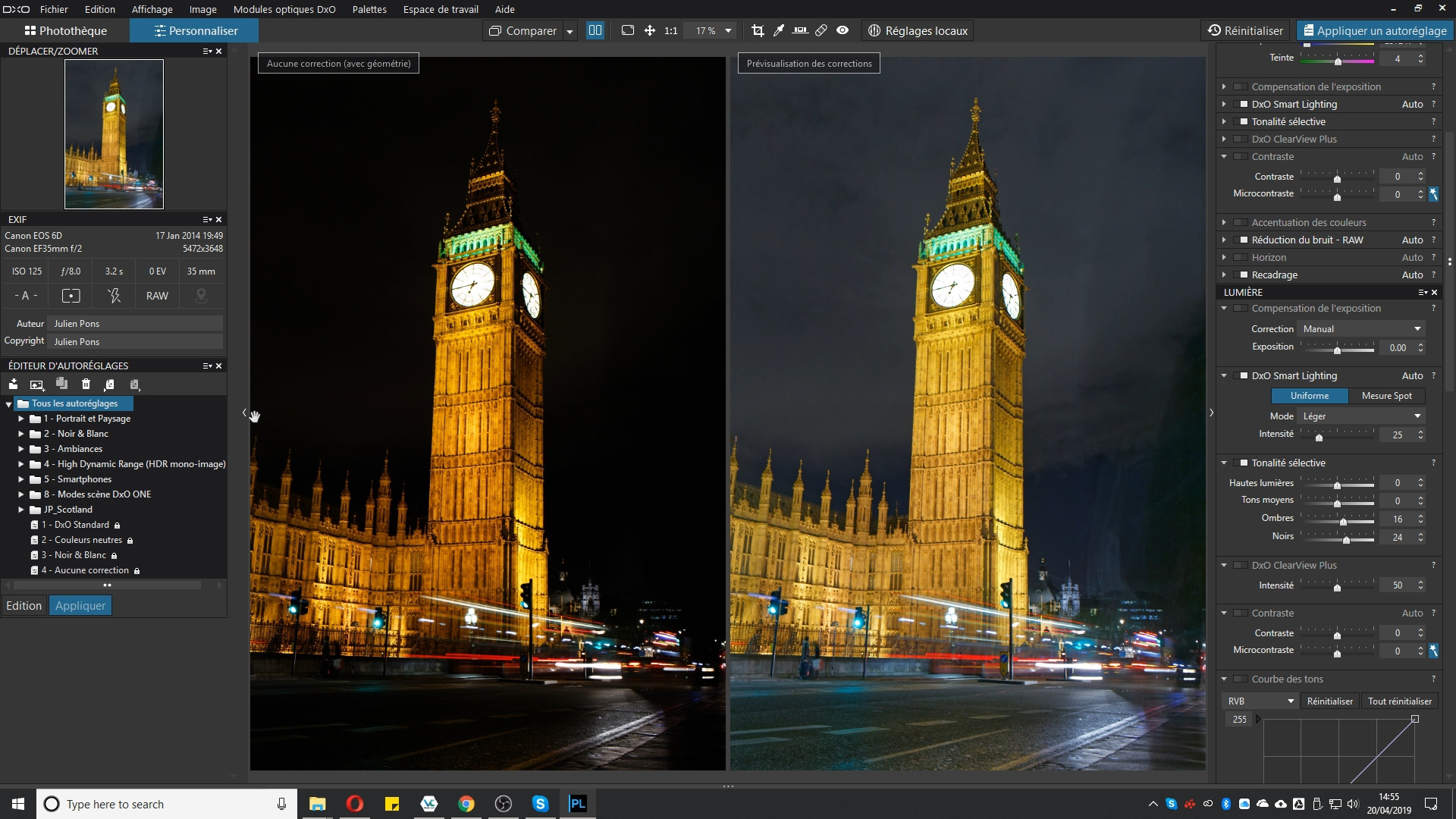

In my testing, I’m seeing results in two specific areas: processing noisy high-ISO images and working with the Raw files from my Fujifilm X-T3, which are sometimes underserved by Lightroom’s conversion. (And honestly, DeepPRIME is just an awesomely cool name.) It then pulls from DxO’s extensive library of camera and lens profiles to apply optical corrections. Its DeepPRIME technology uses machine learning to demosaic and denoise the data and create a better image to work with. That window between Raw data and editable file is where DxO PureRAW 2 comes in. Related: The best photo editor for every photographer
#Dxo photolab 2 vs capture one iso
Into the DeepPRIME A photo of the Seattle skyline captured at ISO 3200 and processed through Adobe Lightroom Classic. Some apps use an intermediary step, such as when Adobe Photoshop opens Raw images first in the Adobe Camera Raw interface.

#Dxo photolab 2 vs capture one software
Software such as Adobe Lightroom or Capture One automatically handles this process, making it appear that the Raw file has been opened just as if you’d opened a JPEG file. At that point, the Raw file is ready for your edits to tone, color, and so on. The photo software’s algorithms translate that data to pixels and then apply some other processing adjustments such as denoising based on the information in the Raw file to minimize digital noise such as that caused by shooting at high ISO values. Most cameras use sensors with Bayer filters, while Fujifilm cameras use sensors with X-Trans filters. The first step is demosaicing, which interprets the color values produced by patterned filters on the camera’s image sensor. (When you see the shot on the camera’s screen, you’re actually looking at a JPEG preview.) The data has to be decoded before it can be viewed as an image. You also end up with larger image files because none of the data is purged in a processing step.Īt this point, that file isn’t really a “photo” at all. It includes not just the values from each pixel, but information about how the sensor deals with digital noise, characteristics of the lens being used, and more. When you shoot in the camera’s Raw format, the file it saves is made up entirely of the data captured by the image sensor. The photo is also compressed to save storage, so a significant amount of image data is thrown away. If your camera is set to shoot in JPEG or HEIC formats, the camera’s processor does a lot of work to take the light information captured by the sensor, interpret it as luminance and color values, and create an image made up of colored pixels. The process of Raw processingįirst, let’s get on the same page about Raw processing. The technology is also available in DxO PhotoLab 5, the company’s photo editing app.

Specifically, I’m looking at DxO PureRAW 2, which uses a technology called DeepPRIME to demosaic and denoise the unedited data in Raw files to create better editable versions.

This week I want to focus on a targeted implementation that ripples through the entire image edit process: translating and processing the data in Raw files. Machine learning technology is used in many aspects of modern photography, from shooting images t h at would otherwise be difficult to capture to speeding up sorting and editing.


 0 kommentar(er)
0 kommentar(er)
